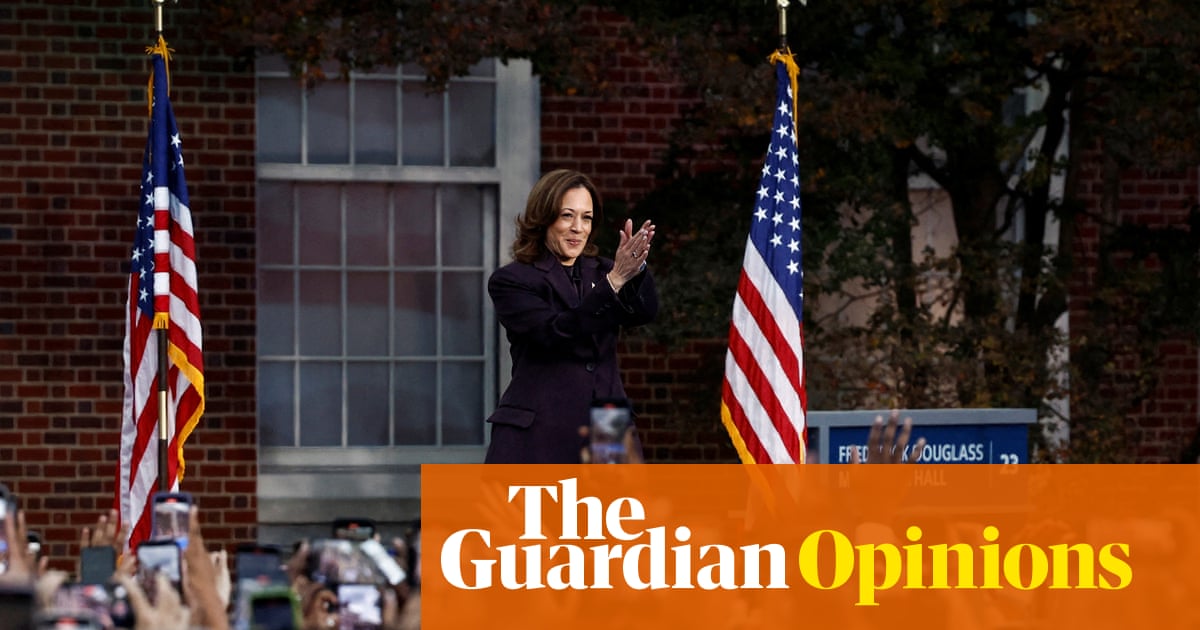Summary
Gender bias played a significant role in Kamala Harris’s defeat, with many voters—often women—expressing doubts about whether “America is ready for a female president.”
Some said they “couldn’t see her in the chair,” or questioned if a woman could lead, with one even remarking, “you don’t see women building skyscrapers.” Though some voters were open to persuasion, this often became a red line.
Oliver Hall, a Harris campaign volunteer, found that economic concerns, particularly inflation, also drove voters to Donald Trump, despite low unemployment and wage growth touted by Democrats.
Harris was viewed in conflicting ways, seen as both too tough and too lenient on crime, as well as ineffective yet overly tied to Biden’s administration.
Ultimately, Hall believes that Trump’s unique appeal and influence overshadowed Harris’s campaign efforts.



I think that the problem is that the metric used for measuring the wages growth is an average:
In a society where most of the wealth goes to a few, an average is not necessarily a good measure:
I like this image from this article from the fed
They have the following remark below this graph:
Edit, from the bottom of the article:
Wanna bet the places and sectors that are doing worse than median wage growth and inflation are rural and manual labor things? That second one especially I think could explain why some gen z men voted the way they did.
If I interpret the first figure of this article correctly, the 25% poorest of the population have always been ‘shafted no lube’ (pardon my economists jargon), but were about to have a wages growth above inflation; before the fight against inflation was finally won (well done, joe) and the slaves slaved again.